Top 10 Food Photography Tips for London Restaurants
Understanding Your Lighting
One of the most crucial aspects of food photography is lighting. Natural light is often the best choice, as it enhances the colors and textures of the dishes. Position your subject near a window or in an outdoor setting if possible. Avoid harsh overhead lighting or direct sunlight, which can create unflattering shadows or overexposure.
If natural light isn't an option, consider using softbox lights or LED panels to mimic natural lighting. These tools can help you achieve a balanced look without creating harsh contrasts. Experimenting with different angles and lighting positions can also lead to stunning results.
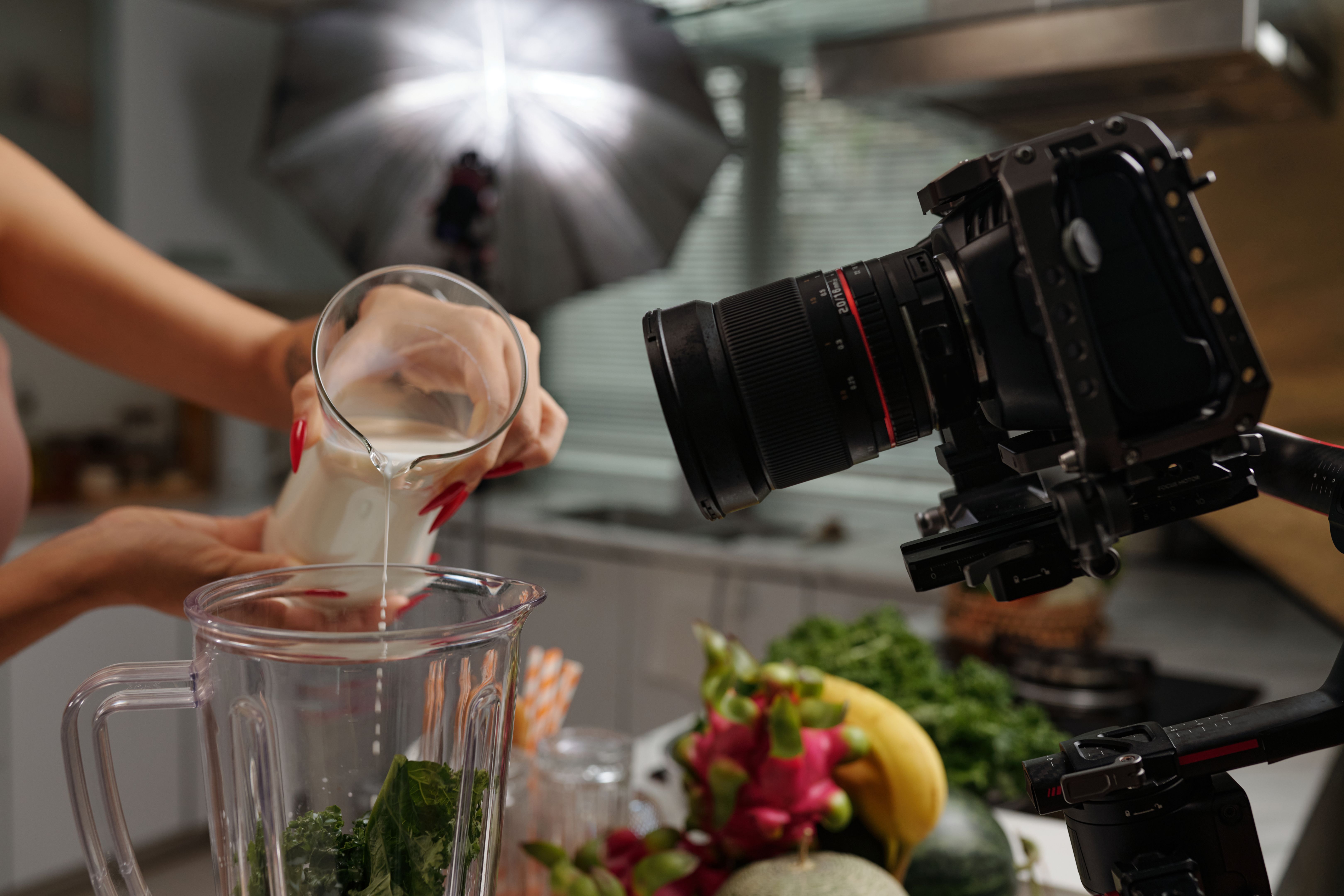
Styling Your Dishes
A beautifully styled dish can make all the difference in your food photos. Start by considering the colors and textures of the ingredients. Use complementary colors and contrasting textures to create visual interest. Garnishes like fresh herbs or edible flowers can add a pop of color and elegance.
Pay attention to the arrangement of the food on the plate. Keep it simple and avoid overcrowding to ensure each element stands out. A well-composed dish not only looks appetizing but also tells a story about the flavors and ingredients.
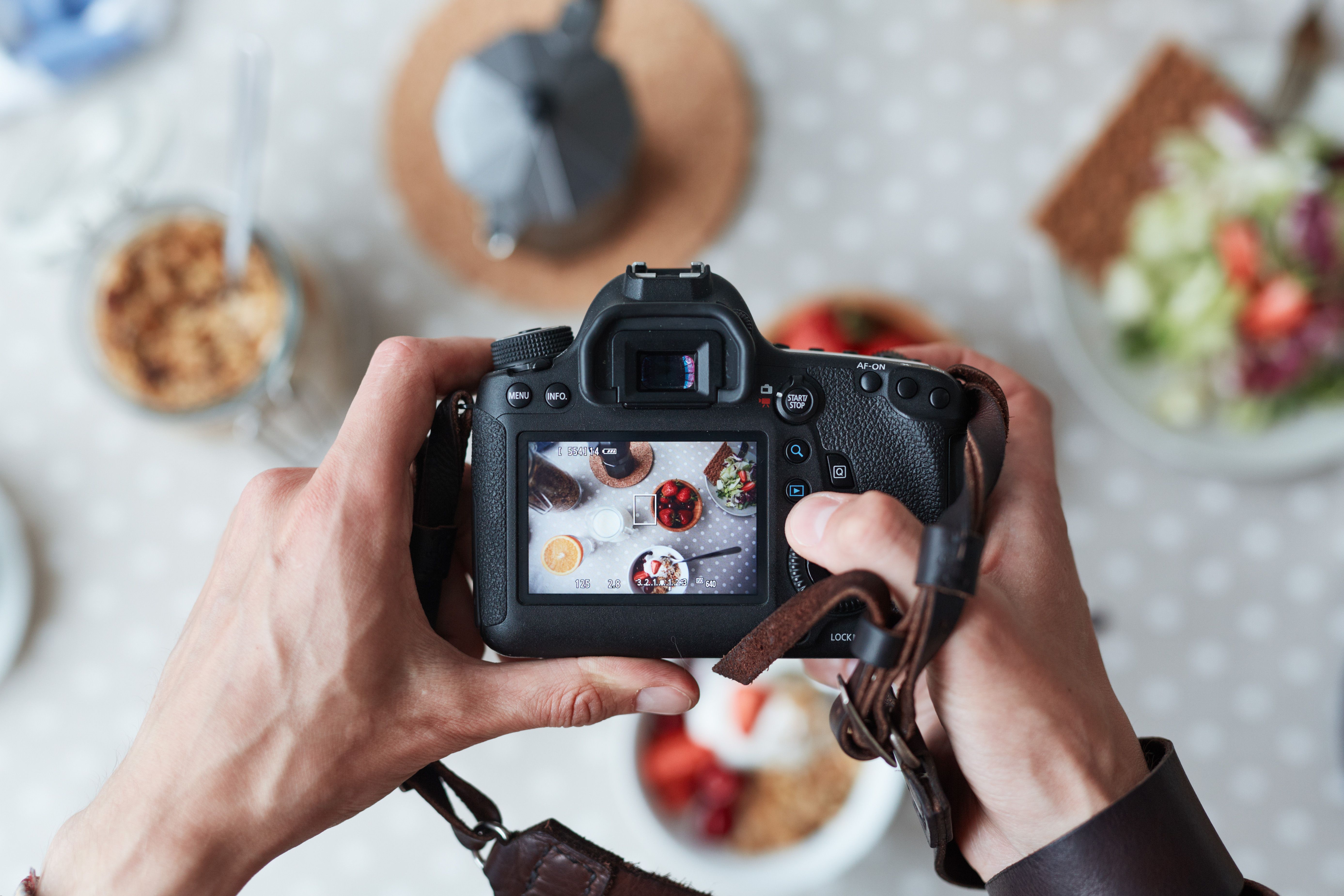
Choosing the Right Background
The background of your food photo plays a significant role in setting the mood and tone. Opt for neutral tones that won't distract from the main subject. Wooden tables, marble countertops, or simple cloth backdrops are popular choices that add context without overpowering the dish.
Consider the theme of your restaurant's menu when selecting a background. A rustic background might suit a farm-to-table restaurant, while a sleek, modern surface might be ideal for a high-end dining establishment. The key is to enhance the dish without detracting from it.
Investing in Quality Equipment
While smartphones offer impressive camera capabilities, investing in a quality camera and lens can elevate your food photography significantly. A DSLR or mirrorless camera with a macro lens allows you to capture intricate details and achieve beautiful depth of field.
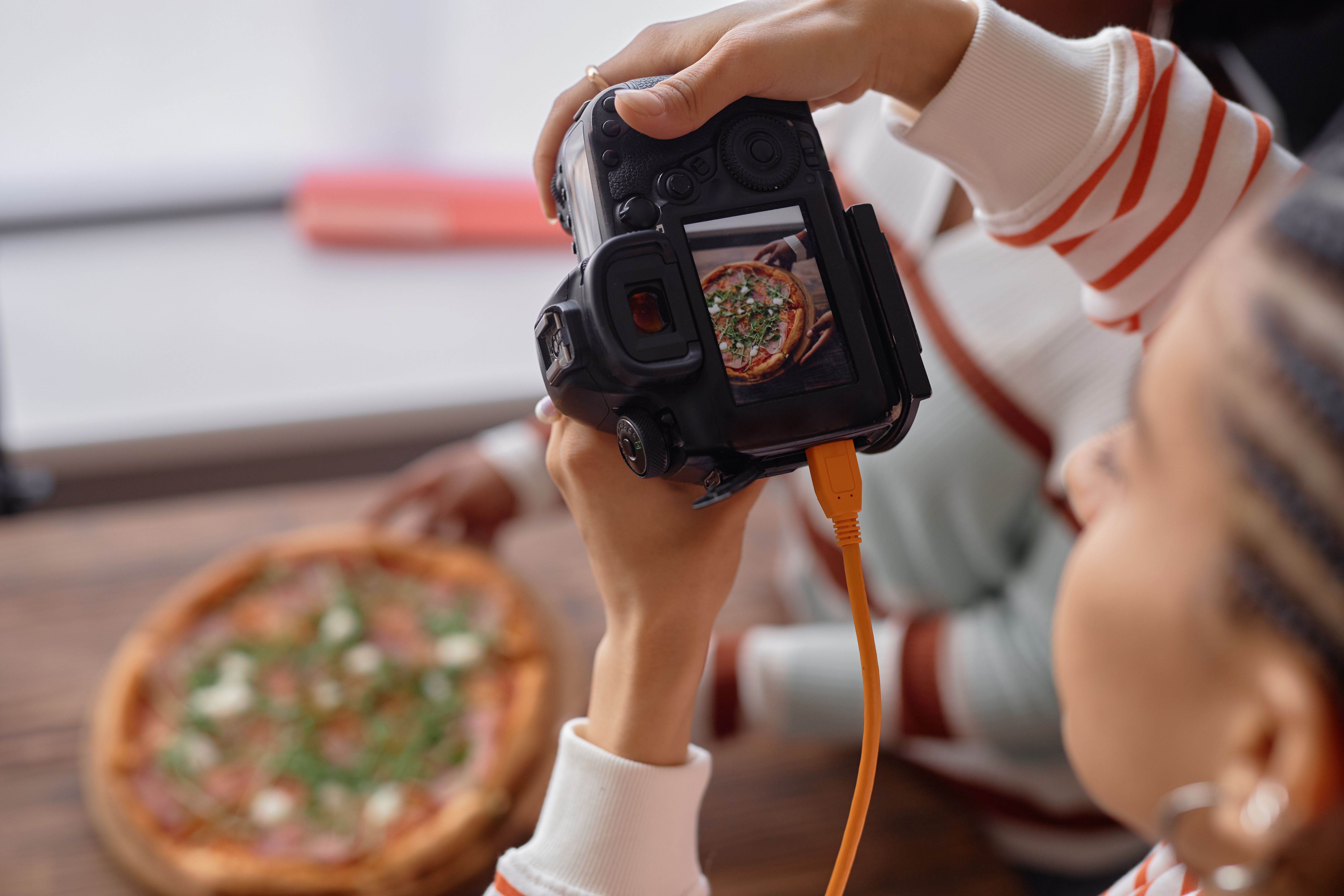
Tripods are also essential for achieving stability and sharpness, especially in low-light conditions. Consistent quality in your photographs can make your restaurant's online presence more professional and inviting to potential diners.
Editing Your Photos
Post-processing is an integral part of food photography, allowing you to enhance colors, correct exposure, and refine composition. Software like Adobe Lightroom or Photoshop offers powerful tools for editing, but even basic apps can provide excellent results.
Aim for subtle enhancements that maintain the authenticity of the dish. Over-editing can lead to unnatural results that misrepresent what diners can expect at your restaurant. Consistency in editing style across your photos helps create a cohesive visual brand.
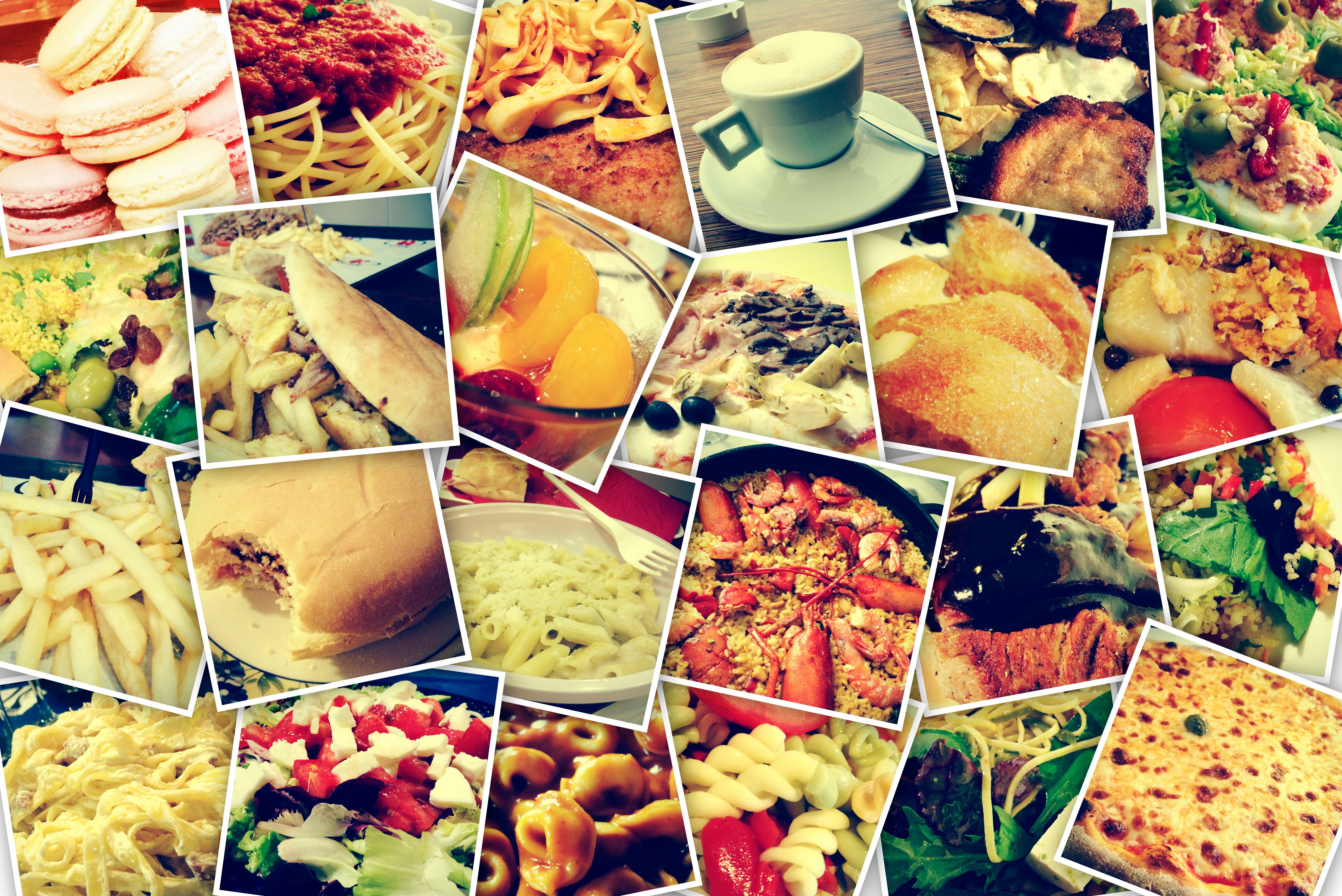
Understanding Composition
Composition is key to drawing attention to your dish and guiding the viewer's eye through the photograph. The rule of thirds is a fundamental technique where you place points of interest along imaginary lines that divide the image into thirds.
Experiment with different angles such as overhead shots for flat dishes or side angles for layered dishes. Incorporating negative space can also highlight your subject by creating balance and focus within the frame.
Utilizing Props Wisely
Props can add context and personality to food photos but should be used sparingly to avoid distracting from the dish itself. Choose props that complement the theme of your restaurant and enhance the narrative of the photograph.
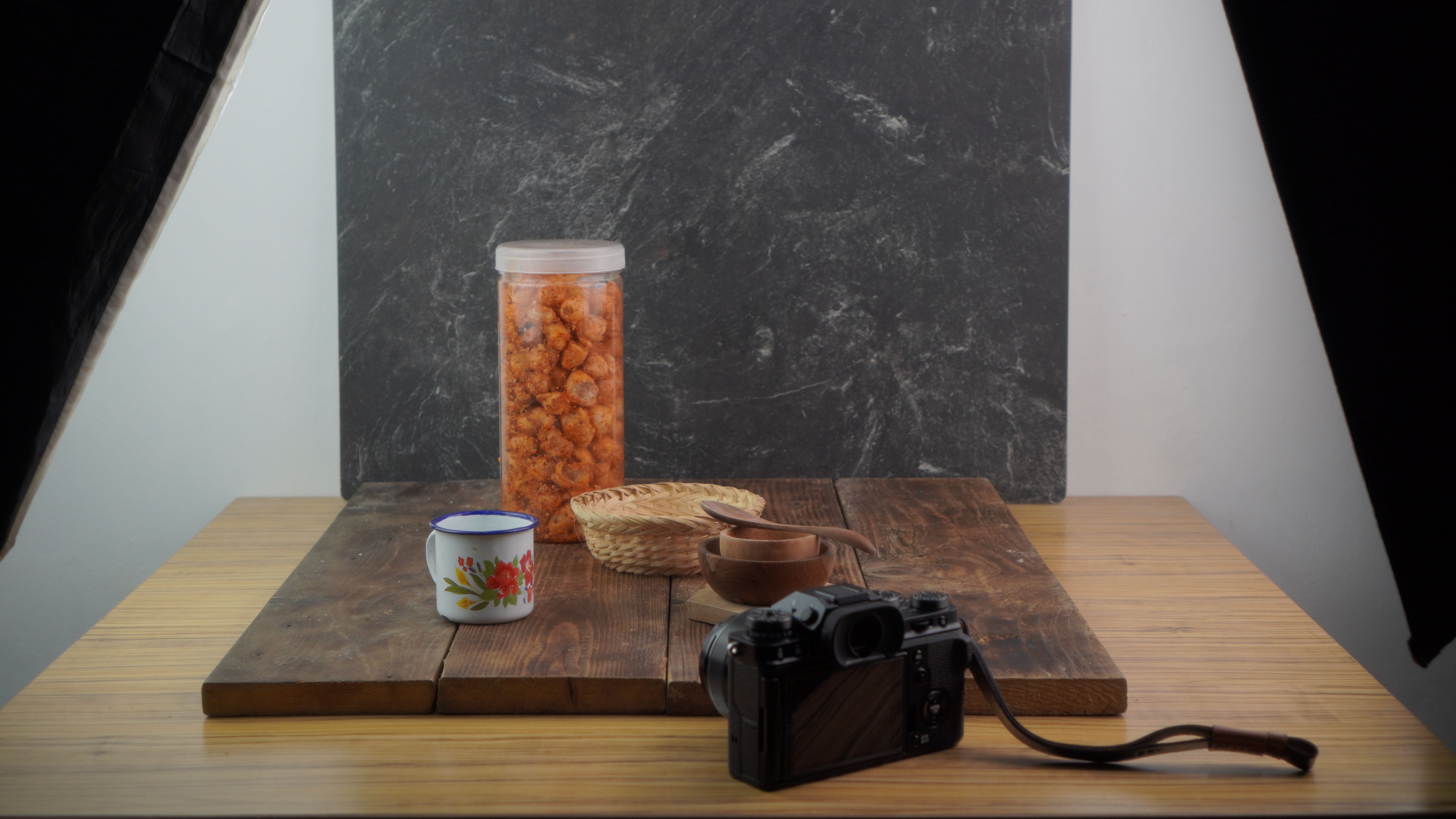
Items like cutlery, glassware, or napkins can provide a sense of dining experience while maintaining focus on the main subject. Be mindful of color coordination between props and dishes to ensure a harmonious composition.
Telling a Story
Great food photography is not just about capturing an image; it's about telling a story. Consider what you want viewers to feel or imagine when they see your photos. Whether it's the warmth of a cozy dinner or the excitement of a vibrant brunch, storytelling through images can connect with your audience on an emotional level.
Incorporate elements that suggest action or interaction, such as a hand reaching for a fork or steam rising from a hot dish. These details bring your photos to life and create an inviting atmosphere that encourages potential diners to visit your restaurant.
